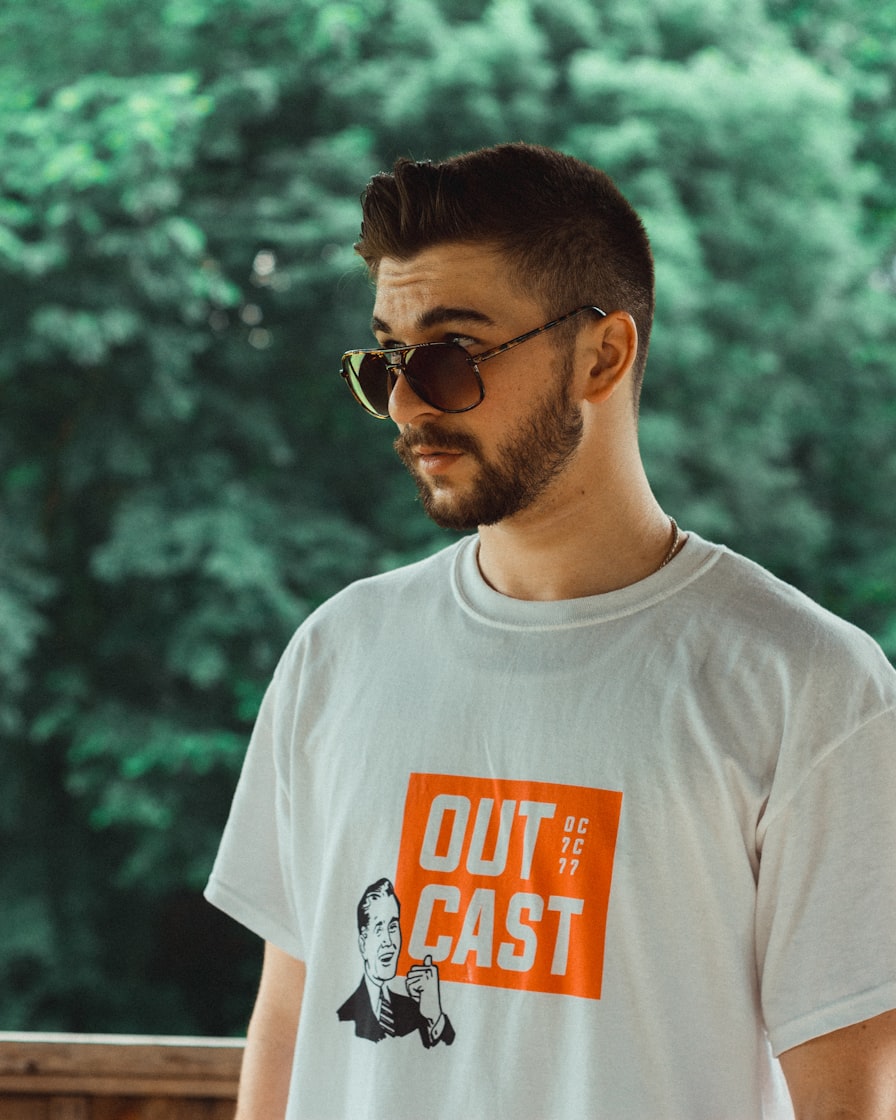If you’ve ever scrolled through Tinder wondering why it sometimes feels like nobody’s seeing your profile, you’re not alone. With tens of millions of daily users, it’s easy to get lost in the crowd. Enter Tinder Boost: a paid feature specifically designed to put your profile in the spotlight for a burst of high-visibility swiping. If you’ve been on the fence about whether or not a Boost is worth the cost—or if you simply want to maximize every penny you spend—this comprehensive guide is for you.
By the end, you’ll understand not only how Tinder Boost works but also why timing, profile polish, and strategic follow-through can skyrocket your matches far beyond what you might have thought possible. We’ll explore the best times to activate a Boost, advanced strategies for ongoing success, and even how AI-driven photos can give you a lasting edge. Get ready to reimagine your Tinder experience in 2025 and ensure every swipe counts.
Understanding the Power of Tinder Boost
Imagine you’re trying to get into a busy nightclub. The lines are packed, the bouncer is overwhelmed, and you’re worried you’ll never get inside before closing. Tinder Boost is your VIP pass: for 30 minutes, the rope lifts, and you go straight to the front. During that window, more people in your area see you first, and that can translate into significantly more matches.
What Exactly Is a Tinder Boost?
Tinder Boost is a paid feature that increases your profile’s visibility for a set period—traditionally, 30 minutes for a Standard Boost. While it’s active, the app places you at or near the top of other users’ swipe queues, effectively “fast-tracking” your exposure. This can lead to up to 10 times more profile views (and potentially matches) during the Boost. Tinder has also introduced Super Boost, which lasts longer (a few hours) and claims even higher visibility multiples, albeit at a steeper price.
Why Do You Need It?
With so many people swiping each day—1.6 billion daily swipes, according to recent estimates—competition is fierce. A well-crafted profile can stand out naturally, but it might still end up buried if you aren’t actively pushing it in front of people’s eyes. That’s what Boost does. If you’ve ever felt invisible on Tinder, the Boost feature can effectively say: “Hello, I’m here, swipe me now!”
Standard Boost vs. Super Boost: Which One Is Right for You?
Standard Boost
- Duration: 30 minutes.
- Visibility Bump: Up to 10x more views, according to Tinder.
- Cost: Typically $4–$8 per Boost (cheaper in bundles).
- Best For: Most general users who want a short burst of increased visibility, especially if you time it right (e.g., Sunday evenings).
Super Boost
- Duration: Multiple hours (3+).
- Visibility Bump: Up to 100x more views, depending on Tinder’s promotional claims.
- Cost: Can range from $40 to over $100, depending on your region and age bracket.
- Who It Suits: Power users or those in extremely competitive markets (e.g., big metropolitan areas) who want a more extended period of top-placement. Sometimes recommended for special occasions—like if you only want to date heavily for a weekend or you’re traveling and have limited time in a new city.
Pro Tip: If you’re new to Tinder, a Standard Boost is a more cost-effective way to experiment and see if the feature aligns with your goals. If you live in a large city with thousands of active users and want a sustained “front-row seat,” a Super Boost might be worth considering—but only if your profile is already polished.
Timing Is Everything: When and How Often to Use Boost
You could activate a Boost at 6 a.m. on a Monday. Would it help? Probably not much. For maximum effect, it’s all about hitting Tinder’s peak usage times.
Peak Usage Windows
- Sunday Evenings (8–10 p.m.): Universally acknowledged as Tinder’s busiest period. People are winding down the weekend, prepping for the workweek, and they’re typically on their phones.
- Weekday Nights (7–10 p.m.): Monday through Thursday can also see elevated activity, although not quite as intense as Sundays.
- Friday & Saturday Evenings (9–11 p.m.): Many daters are setting up last-minute weekend plans. Activity can be high, but so is the competition.
Day-by-Day Breakdown
- Sunday: Highest overall.
- Thursday & Friday: Great if you want to sync your weekend plans with new matches.
- Tuesday: Often the slowest, so skip it unless your schedule demands otherwise.
Seasonal Spikes
- New Year / January: People are full of resolutions. Dating apps often see an influx of new or returning users.
- Valentine’s Day Season: In the weeks leading up to February 14th, many singles hop back online.
- End of Summer & Major Holidays: Users come back from vacations, or big family get-togethers remind them they’d like a plus-one.
Pro Tip: Pair your Boost with weather-based events. If it’s a rainy Sunday afternoon or a snowstorm is keeping people indoors, chances are usage will spike, and your Boost will find a more captive audience.
Frequency of Boosting
- Once a Week: A good starting point for moderate users.
- Twice a Week: Ideal if you’re in a metro area and dating is a high priority.
- Every Day?: Likely overkill unless you have a specific dating goal within a short time frame (e.g., you’re traveling in a city for just a week).
Before You Boost: Perfecting Your Profile for Maximum Returns
A Tinder Boost is only as effective as the profile it’s amplifying. Do not spend money on a Boost if your pictures are fuzzy or your bio reads like a grocery list. Fix these glaring issues first.
Writing an Engaging Bio
- Keep It Concise, But Show Personality: One or two short paragraphs are plenty. Mention your hobbies, a quirk, or a question that invites replies.
- Use Humor (If It’s Natural to You): A little witty line can break the ice. But forced humor can come across as cringey.
- Avoid Generic Statements: “I love to travel,” “I enjoy hanging out with friends,” or “I like music and food” are so common they say nothing unique about you.
- Offer Conversation Starters: For example, “Ask me about the time I almost missed my flight to Tokyo.” or “Debate me on the best pizza topping—there is a right answer.” This encourages matches to initiate dialogue.
Selecting High-Impact Photos
- Prioritize Image Quality: Crisp, well-lit shots. No pixelated or grainy photos.
- Lead With Your Face: The first picture should be a clear headshot (smiling or at least looking friendly).
- Variety Over Repetition: Follow up with full-body shots, action pictures, and social snapshots. Show that you do more than just pose in front of a mirror.
- Reduce Group Photos: One group pic can be fine to show you’re social, but if people can’t identify which person you are, they’ll swipe left out of confusion.
- Avoid Filters: Heavy filters or Snapchat dog ears can lower credibility. Show your real, authentic self.
A strong set of pictures is arguably the biggest factor in whether someone swipes right. If you’re shy or not great at selfies, consider investing in a casual photoshoot or using an AI-based service for a polished outcome (we’ll discuss that soon).





